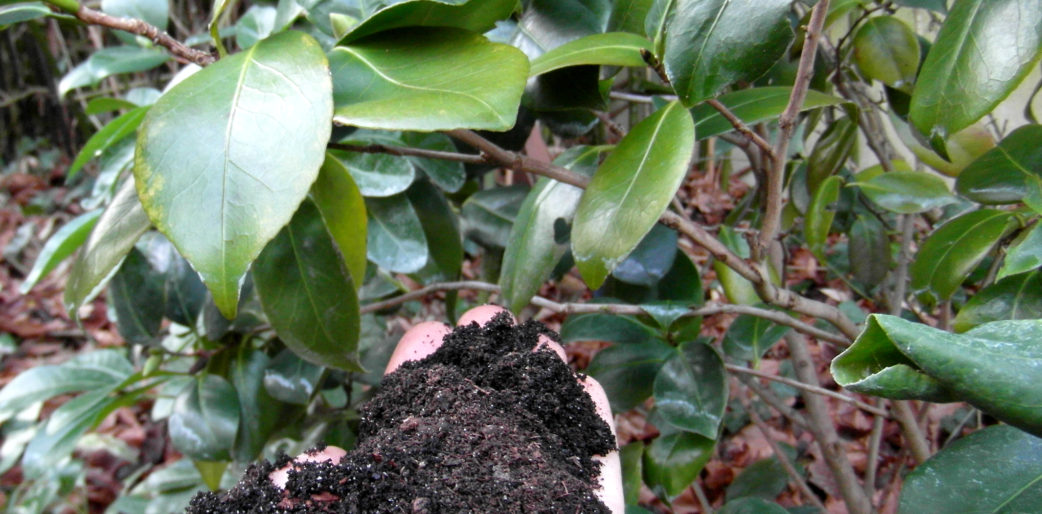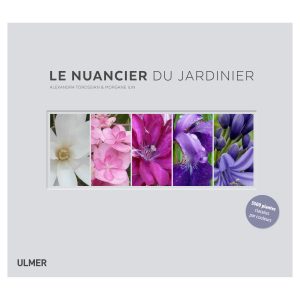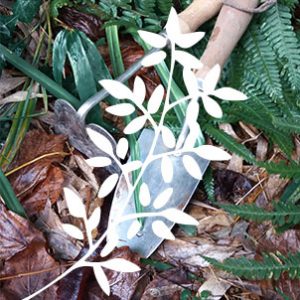Widely known for decades, peddled by gardening articles, books, blog TV shows, the obligation to use peat moss for some kind of plantations has always aroused in me a suspicion more than itchy. So what about this injunction dating from our grandmothers? And what about the consequences of this practice? Is the peat moss really necessary? On the contrary, would it be a well-maintained myth? Read the next lines about our gardening experiments, and then do your own tests.
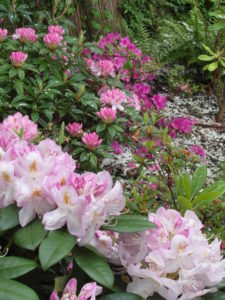
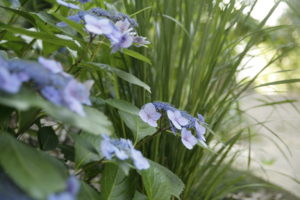
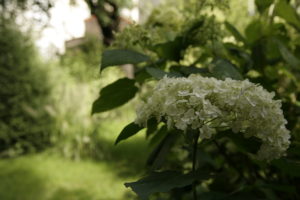
There are countless times when the amateur gardener, as the professional one, is urged to create plantation pits filled with peat moss as soon as he wants to set up rhododendrons, hydrangeas, azaleas, japanese maples and all other acidophile plants. I, myself, still on the benches of the School of Landscape of Versailles, remember wanting to follow these useful tips when beginning my first garden projects. Even if, something already sounded weird: why would I want to artificially create a so-called “adequate” soil in another soil that would not be so adequate? And why isolate it by a geotextile, what’s more? Because ultimately, these future plants would find themselves as if grown in pots …
Propaganda
We must admit that all the literature does not help us. Because these famous plants mentioned above are always described as needing acid soils. How dare we imagine then put them in the ground WITHOUT this famous peatmoss? Surely the sky would tear in half, the divine flood would spread over us and the Apocalypse would fall on these poor hydrangeas!
I believed in all this, as 98% of humanity, until I met with my master in internship graduation, the landscape architect Marc Vatinel. You should know that Marc has a fairly iconoclastic, uninhibited and absolutely creative approach to gardens. Generally, it does not bother with sublime drawings, nor with the technical impossibilities of the project to come. He creates, and finds the necessary solutions to create the garden he has in mind. Very powerful teaching, therefore, and terribly liberating.
Come in our discussion the matter of peatmoss amendment. I raise the issue and he answers in a great burst of laughter: “Go ahead, plant two japanese maples on the same day, the first one in a pit of peatmoss soil, and the other one in a good garden soil with a little mold, and you will see what will happen: the first is going to dye thirsty in a few months. ”
Glurps. Marc Vatinel needed 24 seconds to defeat one of the ten commandments of gardening.
Our experience
I don’t need anything more to test the whole thing. From my first job, I refused to create peatmoss pits for acidophile plants, and I do not buy any peatmoss at all. Instead, I plant my rhododendrons, kalmias and azaleas in garden soil with a little soil. And that’s all.
And there, the miracle. The Apocalypse does not arrive. The plants are growing well. Just have I had some cases of phytophtora on rhododendrons in too clayed soils. I have solved this by planting the rhodos on mounds so that the water does not stagnate, or by changing the style of plant in these kinds of places. Oh, don’t worry, our customers still look at us in awe when we plant acidophile shrubs , WITHOUT peatmoss. But plants do not give a shit.
BUT, we straw or mulch the massifs, we work on the quality of the soil by recreating a humus if need be, we are careful with the quality of watering (neither too much nor too little), we decompacts the rather heavy land before planting. In short, we replace the artificiality of the change of substrate by a real work on the potential quality of the soil. And what about the PH will you ask? The regions of Europe where soils are really calcareous are fairly well identified. In these areas, it is obviously not recommended to use plants that prefer acid soils. But for all the others, the quality of the soil and its pH are sufficiently acidic or neutral to be able to just amend, air and lighten the earth to allow the plants to develop.
Since then, I have read a single article on the subject that goes in the same direction, written by Linda Chalker Scott in “The Informed Gardener“. It denounces the useless and counter-productive nature of the systematic amendment and artificial transformation of soils. Which reinforced me in my choice. She also talks about peatlands, which are fragile natural environments, and which are being smashed … to be able to supply this famous horticultural peatmoss.
So, I continue to lead my little rebellion against this widespread practice. And against the fact that some gardening methods have not changed for years despite the new knowledge that we have on soils, ecosystems, plants and their needs …
So do not suck up everything the industry is trying to make you swallow and do your own experiments. Do not be afraid: gardening too, it is reforming!
To read further on the subject of soil amendment:
https://s3.wp.wsu.edu/uploads/sites/403/2015/03/soil-amendments.pdf
https://s3.wp.wsu.edu/uploads/sites/403/2015/03/soil-amendments-2.pdf
https://www.rhododendron.org/v46n1p21.htm
On the destruction of peatlands:
https://s3.wp.wsu.edu/uploads/sites/403/2017/04/horticultural-peat.pdf
On the fact that peat moss does not increase the acidity of soils by amendment:



